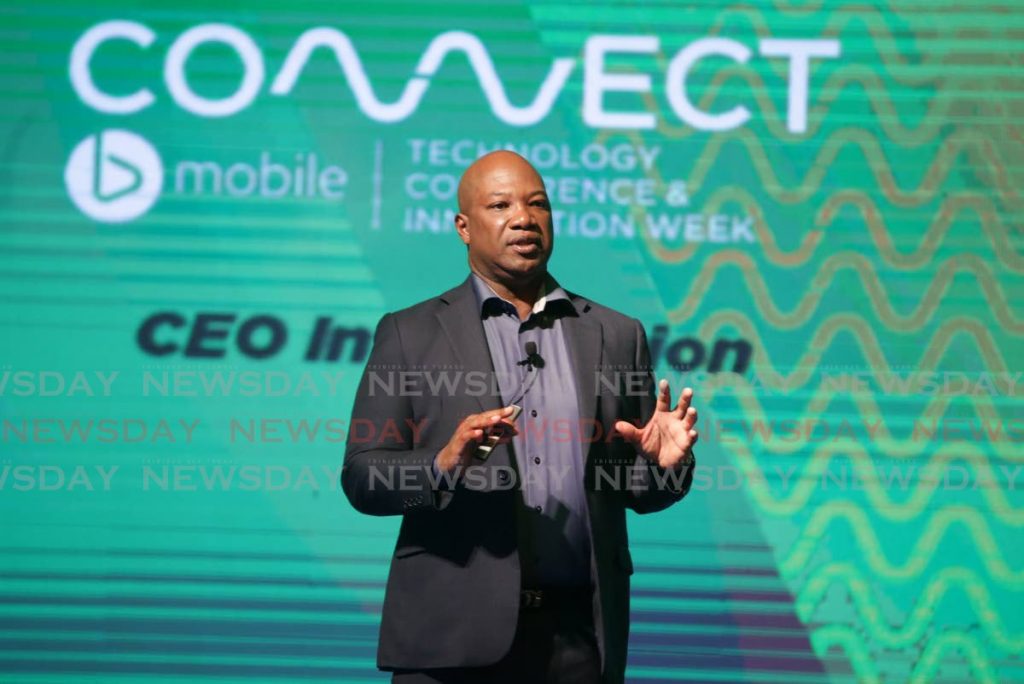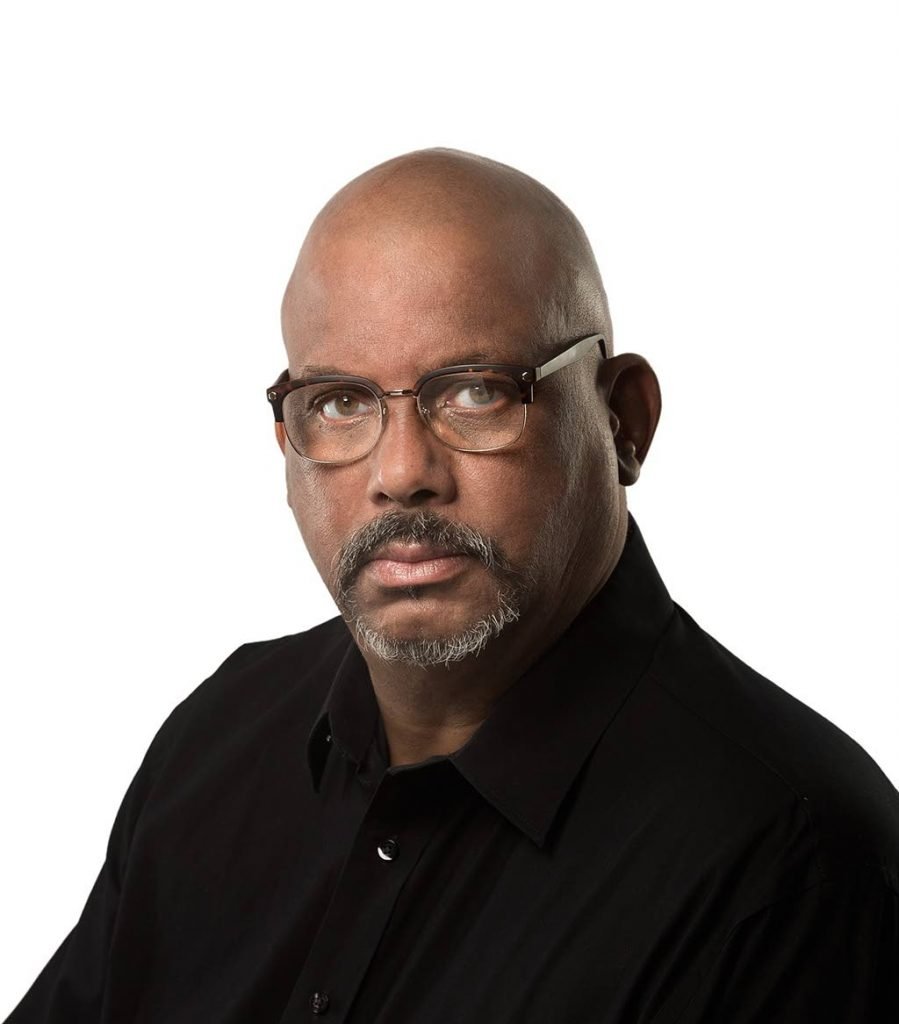TSTT’s new 5G network

BitDepth#1227
MARK LYNDERSAY
GIVE Hassel Bacchus his jacket. The TSTT chief technical officer doesn’t waste words.
At the launch of the company’s new fixed wireless broadband service last week, he waved around a phone, pointed out that the event wasn’t about mobile devices and stuffed the phone in his pocket.
"Zero copper was launched with 4G signal support," he told the audience.
"The promise was that the hardware was 5G ready. We were able to upgrade the network with software. Not a single piece of hardware had to be replaced."
And that, in clear summary, is what TSTT had to say on Wednesday morning last week.
TSTT took two hours at the Hyatt to announce that, stoking buzz around their implementation of the fifth generation broadband technology.
As the first telecommunications company to transmit a signal using the specification, there was some buzz to be had by aligning the magic word with the legacy telecommunications provider.
The big climax was a live connection to the newsroom of TV6, sending a signal powered by the new technology from a set at the Hyatt to a live television broadcast.
That’s some distance from where the company was in its announcement of the WTTx technology just 12 months before (http://ow.ly/Oo7730q0H0A), when the problem was the hundreds of miles of copper wire that represented the core of TSTT’s wired infrastructure.
The transmission demonstration raised questions about the evolving Zero Copper transformation, which was announced as location-locked to a specific installation.
Responding to questions after the event, Bacchus explained:
“The live interview demo used a backpack with 5G technology as the communication medium as opposed to a truck with radio links and wired cameras.
“The scenario is fully portable and will work anywhere that has 5G coverage. The live interview demo could have been moved while in progress to outside the Hyatt or to any place that was covered by the 5G signal without interruption.
“The technology does have the capacity to ‘lock’ the CPE (receiver modem) to a site, sector or range of sites, thus restricting the operational area. At this time the unrestricted movement is allowed.
“Bmobile uses TDD 4G LTE with Massive MiMo technology for the wireless aspect of the Zero Copper programme.
“Massive MiMo technology significantly increases capacity and spectral efficiency and uses spatial division multiplexing with large beamforming gain. Massive MiMo is also used in the 5G deployment.”
Technology provider and partner Huawei came in for kudos for supplying equipment that enabled the upgrade of the wireless point-to-point transmission system.
According to TSTT CEO Ronald Walcott, “Mobile broadband and fixed wireless 5G are the focus of the product mix.”
The new upgrade to its fixed wireless system is available immediately in major population centres that have been switched from copper to WTTx and the company plans to use the technology to refresh the BZone WiFi mesh that it deployed for its wireless broadband customers.
“Our goal is to provide ubiquitous, affordable broadband for every citizen in Trinidad and Tobago,” Walcott said.
“We set out to get rid of all the legacy systems we had, and we have largely achieved that.”
With a claim of 95 per cent coverage for wired and WTTx connections and 90 per cent for mobile, the 5G announcement is a clear mindshare play to revamp attention for bmobile’s offerings.
An untethered point-to-point broadband solution awaits exploitation by the company’s customer base.
WTTx coverage using TDD 4G LTE has been deployed over the past year and immediate 5G coverage is available in city centres, industrial estates and the UWI campus.
“By next year,” Walcott promised, “we will be nationwide.”

Mark Lyndersay is the editor of technewstt.com. An expanded version of this column can be found there


Comments
"TSTT’s new 5G network"